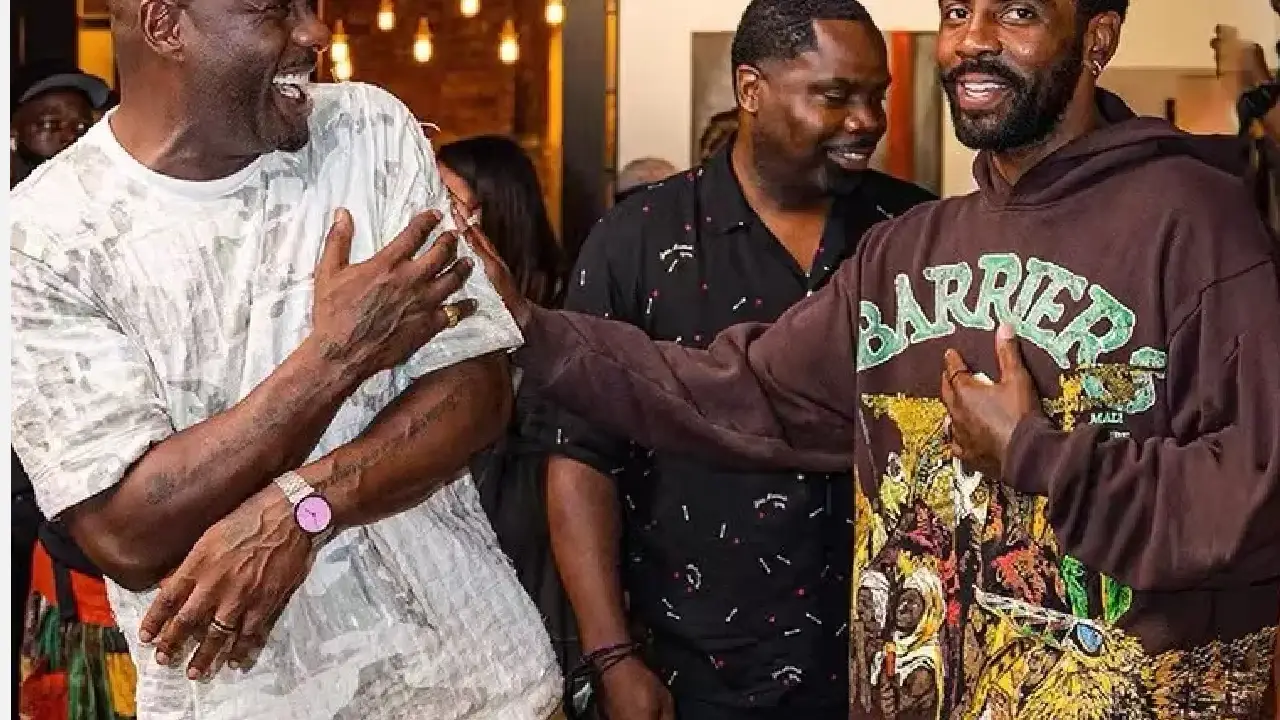Breaking Down Barriers: The Evolution of the Hoodie
In the realm of fashion, few garments carry as much cultural weight as the Barriers hoodie. Originally designed for practicality and warmth, this humble piece of clothing has transcended its utilitarian roots to become a symbol of youth culture, rebellion, and even social activism. The evolution of the hoodie from workwear to high fashion and its enduring popularity despite controversies and stereotypes make it a fascinating subject to explore.
Origins and Evolution
The hoodie’s origins can be traced back to Medieval Europe, where monks wore a similar garment called a cowl, which featured a hood to cover their heads. The modern Barriers hoodie as we know it today began to take shape in the early 20th century. Champion, a sportswear company, is often credited with creating the first modern hoodie in the 1930s to keep athletes warm during outdoor training sessions. Its practical design, featuring a drawstring hood and a kangaroo pocket, quickly caught on among laborers and athletes alike.
Cultural Symbolism
By the 1970s, the hoodie had become a staple of casual wear, embraced by skaters and surfers for its comfort and functionality. However, its association with counterculture movements began to solidify during the 1980s and 1990s. Hip-hop artists and streetwear brands adopted the hoodie as a symbol of urban youth culture and defiance against mainstream norms. This cultural appropriation of the hoodie as a form of self-expression and identity further cemented its status as a powerful cultural symbol.
Controversies and Stereotypes
Despite its popularity, the hoodie has also been the subject of controversies and negative stereotypes. In the early 2000s, the hoodie became unfairly associated with criminality and delinquency, perpetuated by media portrayals and racial biases. Incidents like the tragic shooting of Trayvon Martin in 2012 further fueled these negative perceptions, leading to debates about racial profiling and the impact of clothing on public perception.
The Rise of Activism
In response to these stereotypes, the hoodie has also become a symbol of solidarity and social activism. The “Million Hoodie March” in 2012, organized in memory of Trayvon Martin, brought attention to issues of racial profiling and sparked a global movement against injustice. Activists and organizations continue to reclaim the Barriers Clothing as a symbol of empowerment and resistance, challenging stereotypes and advocating for social change.
Fashion and High Culture
In recent years, the hoodie has made a significant transition from streetwear to high fashion. Luxury brands like Gucci, Balenciaga, and Vetements have elevated the hoodie to a coveted status symbol, featuring designer versions with premium materials and intricate designs. This crossover from the streets to the runway reflects the hoodie’s enduring appeal and its ability to adapt to changing fashion trends while maintaining its cultural significance.
Barriers Hoodie: A Modern Icon
Among the myriad of hoodie brands, Barriers Hoodie has emerged as a standout in the realm of streetwear and fashion. Known for its commitment to quality craftsmanship and innovative designs, Barriers Hoodie represents a blend of contemporary style and cultural relevance. Each collection from Barriers Hoodie encapsulates the spirit of urban life, incorporating elements of art, music, and social commentary into its distinctive designs.
Conclusion
In conclusion, the hoodie’s journey from practical workwear to cultural icon has been marked by evolution, controversy, and resilience. Its ability to transcend social and fashion boundaries speaks to its enduring appeal and cultural relevance. Whether worn as a statement of style, a form of protest, or simply for comfort, the hoodie continues to occupy a unique place in contemporary fashion and society. As trends come and go, one thing remains certain: the hoodie’s status as a symbol of individuality and expression shows no signs of fading away.

